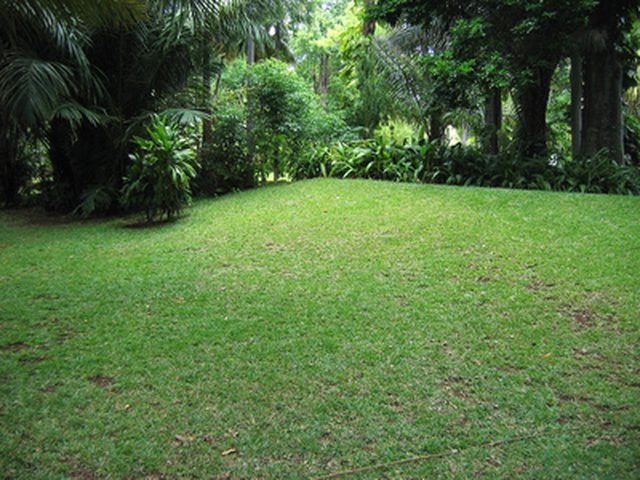Bulbs
Flower Basics
Flower Beds & Specialty Gardens
Flower Garden
Garden Furniture
Garden Gnomes
Garden Seeds
Garden Sheds
Garden Statues
Garden Tools & Supplies
Gardening Basics
Green & Organic
Groundcovers & Vines
Growing Annuals
Growing Basil
Growing Beans
Growing Berries
Growing Blueberries
Growing Cactus
Growing Corn
Growing Cotton
Growing Edibles
Growing Flowers
Growing Garlic
Growing Grapes
Growing Grass
Growing Herbs
Growing Jasmine
Growing Mint
Growing Mushrooms
Orchids
Growing Peanuts
Growing Perennials
Growing Plants
Growing Rosemary
Growing Roses
Growing Strawberries
Growing Sunflowers
Growing Thyme
Growing Tomatoes
Growing Tulips
Growing Vegetables
Herb Basics
Herb Garden
Indoor Growing
Landscaping Basics
Landscaping Patios
Landscaping Plants
Landscaping Shrubs
Landscaping Trees
Landscaping Walks & Pathways
Lawn Basics
Lawn Maintenance
Lawn Mowers
Lawn Ornaments
Lawn Planting
Lawn Tools
Outdoor Growing
Overall Landscape Planning
Pests, Weeds & Problems
Plant Basics
Rock Garden
Rose Garden
Shrubs
Soil
Specialty Gardens
Trees
Vegetable Garden
Yard Maintenance
How to Dig Up a Lawn to Replant Grass Seed
How to Dig Up a Lawn to Replant Grass Seed. If you are tired of tan, lifeless patches of grass in your yard or clumps of persistent crab grass, it may be time to renovate your lawn. There are several ways to renovate your lawn, but sometimes the damage is too severe for a quick fix. For a complete renovation, uproot your entire yard---grass and...

If you are tired of tan, lifeless patches of grass in your yard or clumps of persistent crab grass, it may be time to renovate your lawn. There are several ways to renovate your lawn, but sometimes the damage is too severe for a quick fix. For a complete renovation, uproot your entire yard---grass and all---and spread brand new grass seed over the lawn.
Things You'll Need
Herbicides
Shovel
Rototiller
Grass seeds
Seed spreader
Topsoil
Determine whether you will plant a fresh batch of cool-season grasses or warm-season grasses. Cool-season grasses---as their name suggests---thrive in the colder months. Warm-season grasses thrive well in warmer weather. Your seed choice will determine when you should plant your new seeds. Start planting warm-season seeds in early spring, and plant cool-season seeds in early fall.
Kill your old grass with herbicides. Spray the herbicides directly on the grass. Avoid spraying anything you don't want to die (e.g., trees, shrubs and flowers). Start the extermination of the old grass early because it may take a few weeks for the herbicides to fully work. Read the instructions on the herbicide containers carefully before you use them.
Upturn the top 6 inches of soil in your yard. Use a shovel for small areas. Larger areas of lawn may require a rototiller. A rototiller is a machine specifically designed to break up soil. Break up any clumps of soil larger than your fist.
Pour your grass seeds into a hand-pushed seed spreader. Move the seed spreader to the corner of the yard and start pushing it at a slow and steady pace. Walk in a zigzagging line through your yard, spreading the seeds evenly over the upturned soil.
Spread a thin layer of topsoil over the freshly planted seeds. This helps protect them from hungry birds and other animals that might try to eat your seeds. Water the lawn with a gentle spray of water.